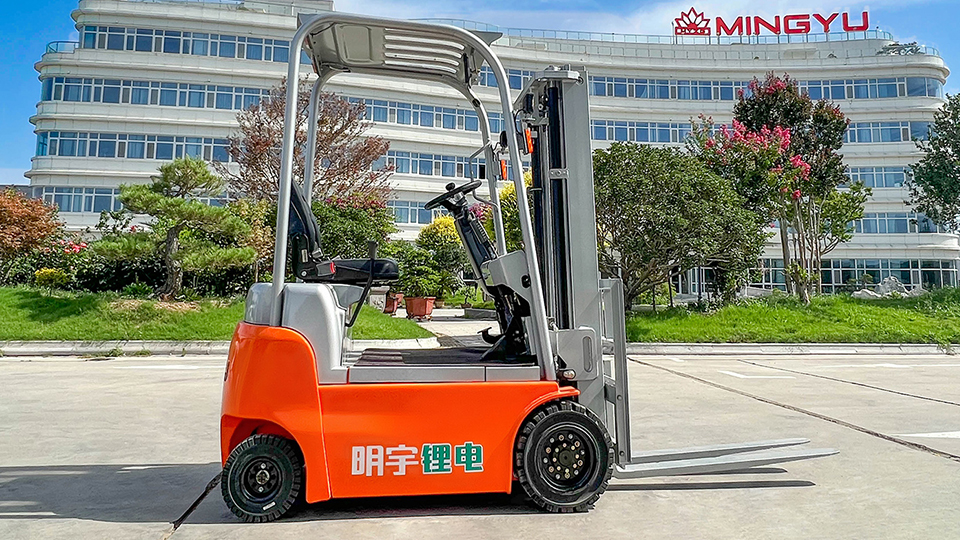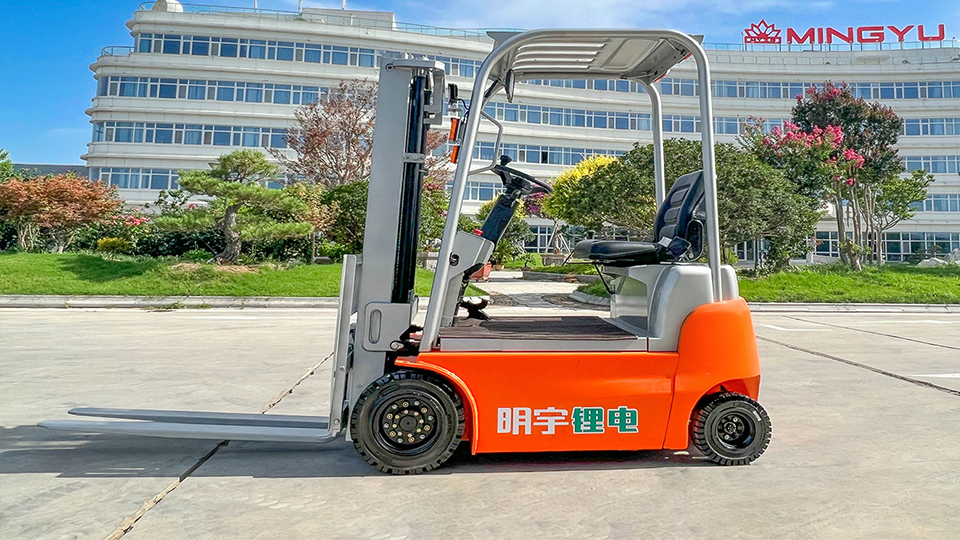
Forklifts are essential pieces of equipment in many industries, from warehouses to construction sites. However, like any machinery, they require regular maintenance and replacement of parts to ensure optimal performance and safety. Understanding which parts are most commonly replaced can help fleet managers and operators plan for maintenance and budget accordingly. In this article, we will explore the most frequently replaced forklift parts, their importance, and tips for extending their lifespan.
1. Forks and Fork Attachments
The forks are one of the most critical components of a forklift, as they directly handle the load. Over time, forks can wear out, bend, or develop cracks due to constant use and heavy lifting. Regular inspection of forks and stopper pins for wear and damage is essential. Forks should be replaced if they show signs of excessive wear, cracks, or deformation to prevent accidents and ensure safe operation.
2. Hydraulic System Components
The hydraulic system is responsible for lifting and lowering the load, making it a crucial part of forklift functionality. Commonly replaced hydraulic components include:
Hydraulic Oil and Filters: Hydraulic oil can become contaminated over time, reducing the efficiency of the system. Replacing hydraulic oil and filters regularly is essential to maintain optimal performance.
Hoses and Seals: These components can wear out or develop leaks due to constant pressure and movement. Inspecting hoses and seals for leaks or damage during routine maintenance can help identify issues before they cause major problems.
Cylinders: Hydraulic cylinders are subject to wear and tear, especially in heavy-duty applications. Replacing damaged or leaking cylinders is necessary to ensure smooth operation.
3. Lift Chains and Mast Components
The lift chains and mast components are responsible for the vertical movement of the forks. These parts are under constant tension and can wear out over time. Regular inspection and lubrication of lift chains are necessary to prevent stretching or breaking. Additionally, mast rollers, lift brackets, and other mast components should be checked for cracks, wear, or damage. Replacing worn-out chains and damaged mast components can help maintain the stability and safety of the forklift.
4. Tires
Tires are another frequently replaced part on forklifts. They are subject to wear and tear, punctures, and damage from rough surfaces. Regularly monitoring tire tread wear and replacing tires when necessary is crucial for maintaining traction and stability. Additionally, inspecting tires for cuts, punctures, or other damage can help prevent blowouts and accidents.
5. Brake Components
Brakes are a critical safety feature on forklifts, and their components wear out over time. Regular inspection of brake pads, hydraulic systems, and brake fluid is essential to ensure braking efficiency. Replacing worn-out brake pads and addressing hydraulic issues promptly can help prevent accidents and ensure safe operation.

6. Battery and Electrical Components
For electric forklifts, the battery is a key component that requires regular maintenance and eventual replacement. Batteries can degrade over time, reducing the forklift’s operating time and performance. Regular inspection of battery terminals, electrolyte levels, and overall battery condition can help identify issues early. Additionally, electrical components such as fuses, wiring harnesses, and controllers should be inspected for damage or wear.
7. Filters
Filters are essential for maintaining the cleanliness of various fluids in the forklift. Air, fuel, and oil filters should be replaced regularly as part of routine maintenance to ensure the engine runs smoothly and efficiently. Dirty or clogged filters can reduce fuel efficiency and cause engine damage over time.
8. Safety Features
Safety features such as seat belts, horns, lights, and backup alarms are critical for protecting operators and ensuring compliance with safety regulations. Regular inspection and replacement of damaged or non-functioning safety components can help prevent accidents and ensure a safe working environment.
9. Cooling System Components
The cooling system helps regulate the temperature of the forklift’s engine, preventing overheating. Components such as radiators, coolant, and hoses should be inspected regularly for leaks or damage. Replacing damaged cooling system components and maintaining proper coolant levels can help extend the life of the engine and prevent costly repairs.
10. Engine and Transmission Components
For internal combustion forklifts, engine and transmission components are subject to wear and tear over time. Regular maintenance tasks such as changing engine oil, replacing spark plugs, and inspecting the transmission fluid can help extend the life of these components. In heavy-use environments, more frequent maintenance may be necessary to prevent breakdowns.
Tips for Extending the Lifespan of Forklift Parts

While some wear and tear is inevitable, there are steps that operators and fleet managers can take to extend the lifespan of forklift parts:
Regular Maintenance: Adhering to a consistent preventive maintenance schedule can help identify and address issues before they become major problems.
Proper Operation: Training operators to handle forklifts correctly can reduce unnecessary wear on parts. Avoiding overloading, rapid acceleration, and sudden stops can help extend the life of components.
Cleanliness: Keeping the forklift clean and free from debris can prevent damage to sensitive components. Regular cleaning of the machine can also help identify potential issues early.
Lubrication: Proper lubrication of moving parts can reduce friction and wear. Regularly lubricating chains, mast components, and other parts can help extend their lifespan.
Documentation: Keeping detailed records of maintenance activities can help track patterns and identify recurring issues. This information can be valuable for planning future repairs and replacements.
Conclusion
Understanding which forklift parts are most frequently replaced can help operators and fleet managers plan for maintenance and budget accordingly. Regular inspection and replacement of forks, hydraulic components, lift chains, tires, brake components, batteries, filters, safety features, cooling system components, and engine parts are essential for maintaining the performance and safety of forklifts. By following a consistent maintenance schedule and taking steps to extend the lifespan of parts, operators can reduce downtime and ensure their forklifts remain in optimal condition for years to come.
Name: selena
Mobile:+86-13176910558
Tel:+86-0535-2090977
Whatsapp:8613181602336
Email:vip@mingyuforklift.com
Add:Xiaqiu Town, Laizhou, Yantai City, Shandong Province, China